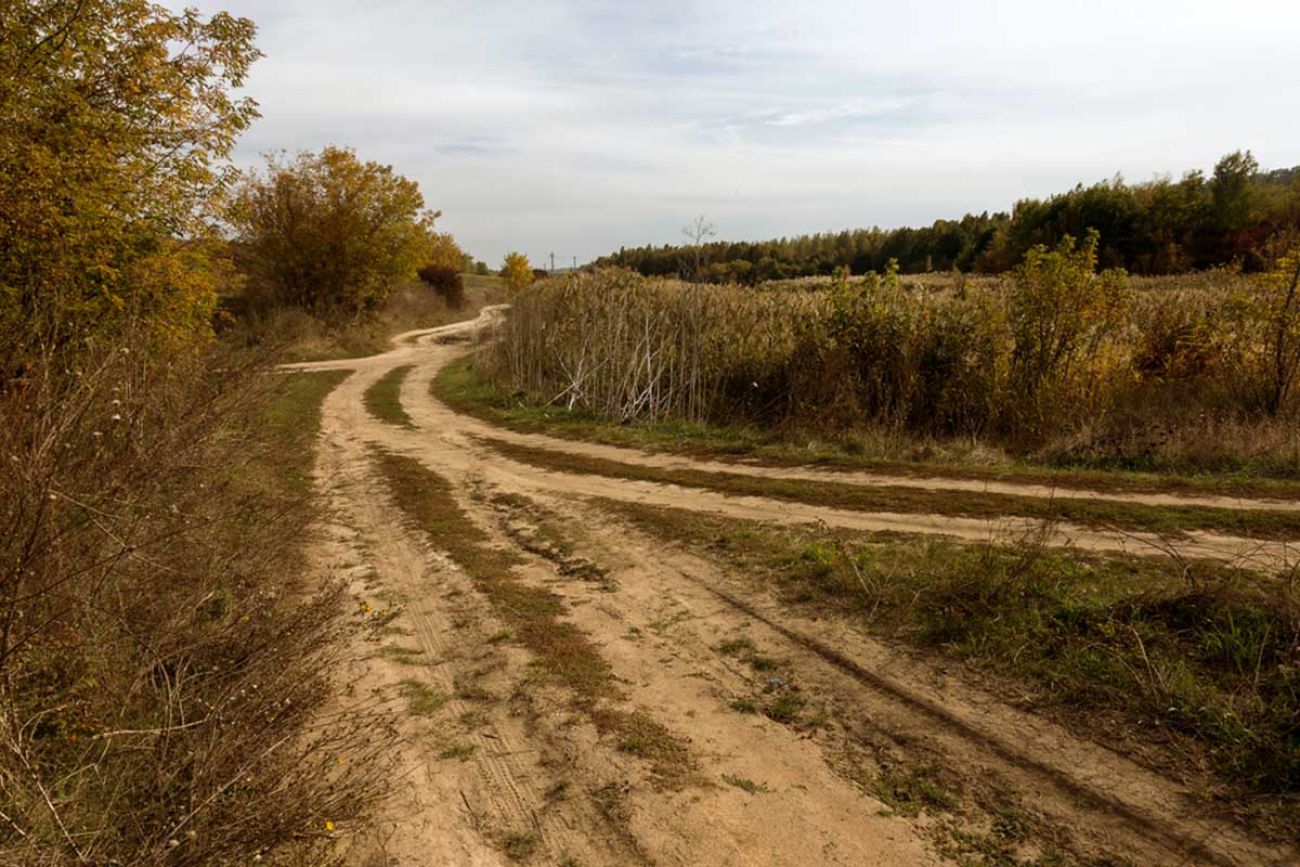Limited Internet in rural Michigan depresses student, business opportunity

Take a drive along Michigan’s rural roads and you will encounter treasures we know as Pure Michigan. Towering sand dunes. Crystal lakes tucked into hardwood forests. The wide-open spaces of two great peninsulas.
But rural Michigan holds other, often hidden, stories… Poverty, uneven medical care and lack of high-speed Internet access. Young adults continue to leave rural communities for jobs elsewhere.
The Broadband Gap
U.S.
39% in rural areas lack access,
4% in urban areas;
Michigan
37% in rural areas lack access
3% in urban areas.
Cracks in the Social Fabric
As jobs migrated to larger cities over decades, parts of rural Michigan have struggled to keep up. And as much of the state recovered from the Great Recession, many rural northern Michigan counties have unemployment and disability rates on par with Appalachia.
In some of these counties, 2017 rates of unemployment and disability hovered around 15 percent or 20 percent. Some workers in their 50s, unable to handle the physical stresses of service sector or factory jobs, simply gave up and turned to federal disability.
Health Care Access Challenges
It’s also harder for rural Michigan to attract and retain the doctors its residents need.
According to the most recent data available, the bottom 10 counties in Michigan for ratio of population to primary care doctors were all rural.
Michigan State University’s College of Human Medicine has been working to solve this issue for more than 40 years by training more than 230 medical school graduates in rural primary health care.
Related overage from our 2018 Michigan Issue Guide
- Michigan needs $4B more per year for infrastructure, but how to pay for it?
- In Michigan, more than 150 communities are financially distressed
- Michigan pays 18% less per citizen than nat'l average for public safety
Where the Jobs Aren't
Michigan's rural counties lead the state in percentage jobs loss from 2006 to 2016
Source: U.S. Bureau of Labor Statistics
Slow Internet Further Isolates Rural Michigan
Lack of access to high-speed broadband is another fact of rural life.
According to the Federal Communications Commission, 37 percent of those in rural Michigan have no access to its fixed broadband download standard of 25 megabytes per second. That compares to just 3 percent in urban areas. In some counties, 100 percent of rural residents can’t get broadband.
Related: Need broadband in Michigan? Rural life can mean you’re out of luck
Experts say that can be a drag on business development, depress real estate values and put rural students at a disadvantage next to better-connected urban students. Federal funds to entice broadband carriers to step up rural access have helped.
Some rural communities, meanwhile, are taking matters into their own hands. In Lyndon Township outside Ann Arbor, residents in 2017 voted two-to-one to back a millage to fund township-wide installation of fiber optic cable. Other townships are considering the same.
Wanted: More Young People
Rural counties also struggle to attract and retain young talent needed to grow an economic future. A three-county area at the tip of the Lower Peninsula is typical.
From 2000 to 2013, Charlevoix, Emmet and Cheboygan counties lost 22 percent of their residents aged 25 to 44. Most left because they could not find work in the region.
A 10-county regional planning body called Networks Northwest has a partial answer: A $3,000 scholarship program for 25 high school students, largely funded by a $65,000 grant from the Michigan Economic Development Corporation. The program includes a customized senior year of high school, combining career and technical education with community college courses. As seniors, these students will typically begin an unpaid internship with a local firm, then transition to community college. They expect to have jobs with local firms when they graduate.
Job providers, of course, are key to talent retention as well.
Fifty miles east of Traverse City, residents around Grayling look to a brighter future thanks to a $400 million wood plant expected to provide 200 full-time jobs later this year. As an incentive, MEDC awarded plant developer Arauco North America an $11.8 million property tax incentive.
The Grayling plant will be the county’s second largest employer when it opens. The project came together in part because of the state’s Rising Tide program, which targeted 10 economically struggling communities to identify ways to meet economic challenges.
Local entrepreneurs can fill in other gaps. The owner of a metal fabrication firm in Cheboygan County had trouble finding qualified welders. So he started the Industrial Arts Institute to teach welding and fabrication skills. Graduates now have jobs at his plant and elsewhere in northern Michigan.
KEEP DIGGING: MORE INFORMATION ON RURAL MICHIGAN
- Bridge Magazine: “Living Poor, In a County of Wealth”
- Bridge Magazine: “Michigan and the Death of Entrepreneurship”
- Bridge Magazine: “Poverty in Paradise”
- Citizens Research Council: “Primary Care Physician Shortages Across Michigan”
- Federal Communications Commission: 2016 Broadband Progress Report
Explore the Facts & Issues Guide:
At A Glance
Slideshows…
Education & Talent
- K-12 Student Performance: Michigan's K-12 performance dropping at alarming rate
- School Reform: Many Michigan K-12 reform ideas are jumbled, broad, or wildly expensive
- Early Childhood: Michigan preschool funding has improved, but child care still unaffordable
- Higher Ed: College funding cuts in Michigan have led to fewer students, greater debt
Economy & Prosperity
- Economy: Michigan business climate improves, but educated workforce is shrinking
- Jobs & Labor: Demand for Michigan workers is very high, but many have given up looking
- Incomes: Michigan income growth hindered by lack of college graduates
- Business: Business incentives cost Michigan millions, and it’s uncertain they work
Quality of Life
- Public Health: Michigan's adverse health trends track along racal, poverty lines
- Health Care: Health care in rural Michigan communities suffering, despite Obamacare
- Safety Net: $1B of Michigan’s welfare money goes to college students who aren’t poor
- Water Issues: Michigan's Great Lakes are good, but water concerns include lead and Line 5
- Lands & Energy: Michigan battling 22 invasive forest species, high electric bills
- Michigan Tourism: Does state make $8.33 for every $1 spent on Pure Michigan campaign?
- Infrastructure: Michigan needs $4B more per year for infrastructure, but how to pay for it?
- Cities: In Michigan, more than 150 communities are financially distressed
- Rural Michigan: Limited Internet in rural Michigan depresses student, business opportunity
- Public Safety: Michigan pays 18% less per citizen than nat'l average for public safety
Government & Reform
- Michigan Taxes: Michigan gives more tax breaks than it collects for schools, government
- State Spending: Big government? Michigan's state, local workforce 2nd smallest in nation
- Ballot Issues: 2018 Michigan ballot initiatives may decide marijuana, gerrymandering
- Gov't Reform: Despite low trust of gov't, Michigan legislators have done little to change
Who We Are & The Facts on Our Facts
See what new members are saying about why they donated to Bridge Michigan:
- “In order for this information to be accurate and unbiased it must be underwritten by its readers, not by special interests.” - Larry S.
- “Not many other media sources report on the topics Bridge does.” - Susan B.
- “Your journalism is outstanding and rare these days.” - Mark S.
If you want to ensure the future of nonpartisan, nonprofit Michigan journalism, please become a member today. You, too, will be asked why you donated and maybe we'll feature your quote next time!




